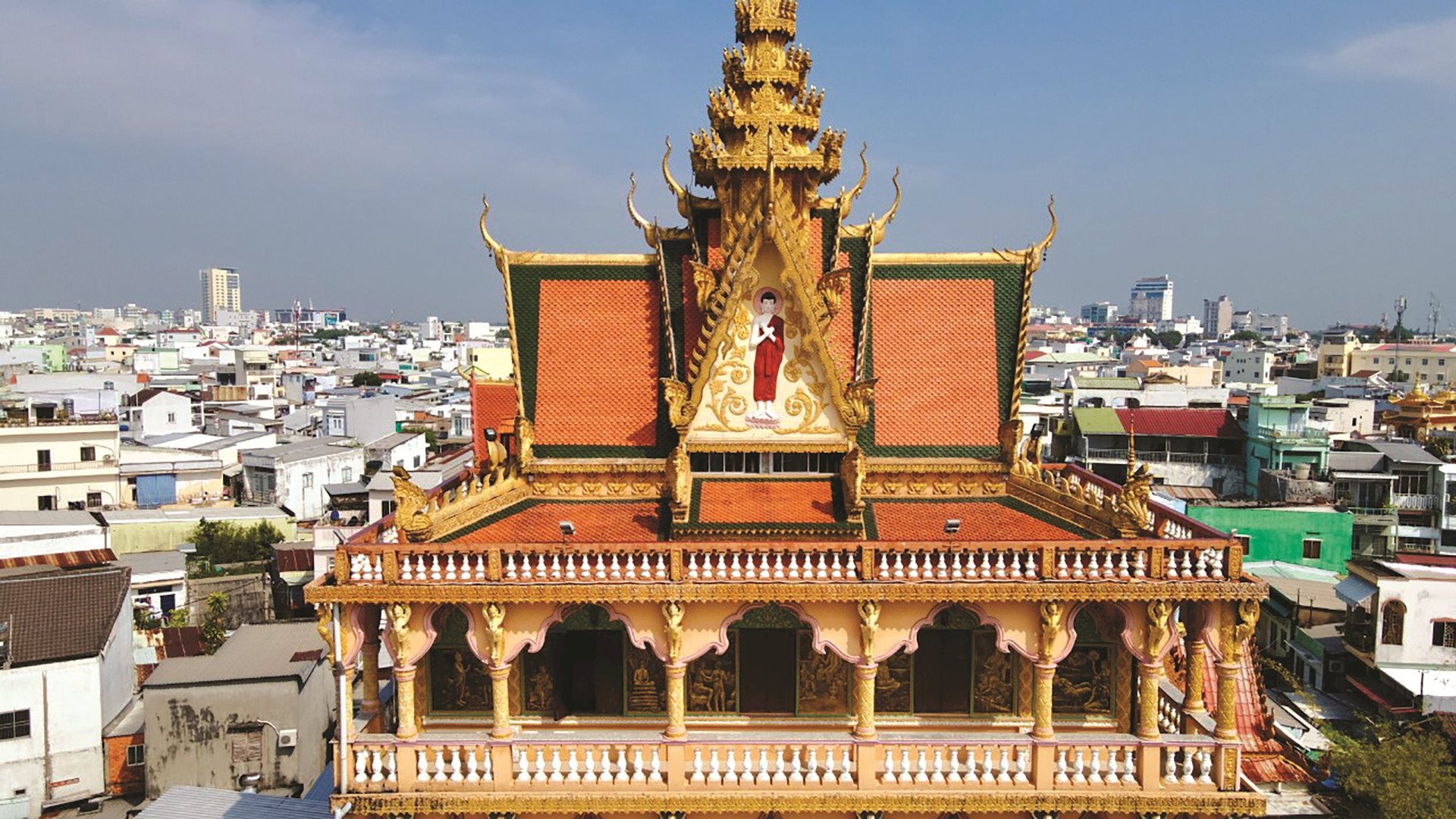
Pitu Khosa Rangsay Pagoda, also known as Vien Quang Pagoda (built in 1948), is hidden in an alley on Mac Dinh Chi Street, An Cu Ward, Ninh Kieu District, Can Tho City. In addition to being a place for religious activities, Pitu Khosa Rangsay Pagoda is also a place that attracts many tourists from near and far when coming to Can Tho.
The pagoda still preserves many Khmer cultural features such as the five-tone zither, Chhay-dam dances, and folk dances. In addition, the pagoda also preserves many valuable Khmer cultural artifacts. Typically, there are about 10 sets of palm-leaf books (a rare ancient book of the Khmer people called Satra) considered "treasures" of the Khmer people in the South over 100 years old; the 110-volume Tripitaka, and books on law, science and technology.
If you visit Can Tho, you should visit the pagoda to admire the unique architectural works of art such as the main hall, sala, monk's house...
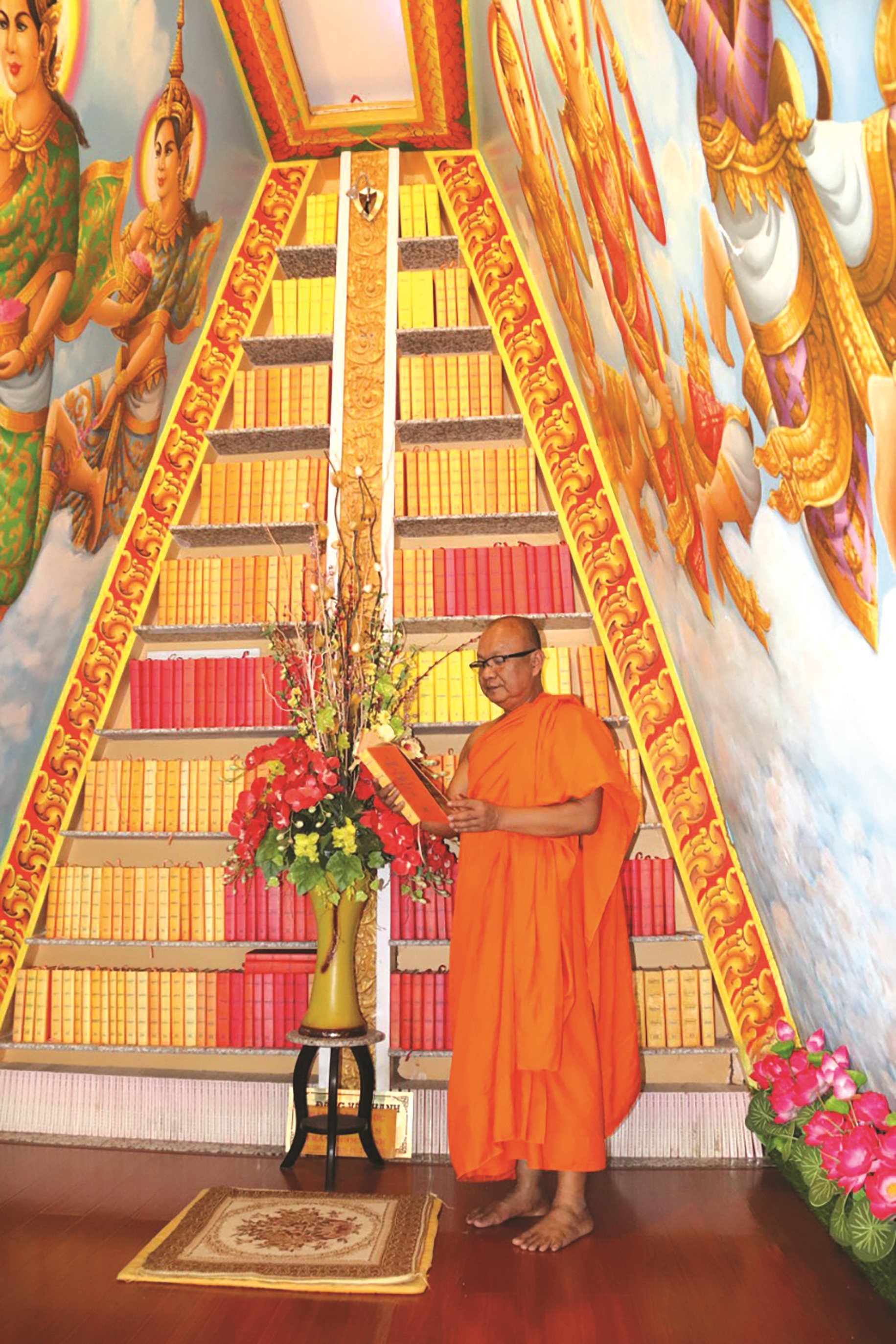
The main hall of Pitu Khosa Rangsay Pagoda faces east with 1 ground floor, 3 upper floors and a tower. The roof of the main hall is designed with 3 levels, each level is divided into 3 folds forming a roof structure system. The roof levels with curved roof corners, carved images on the two gables, on the roof tower... All are done elaborately and delicately, combined with original colors and standard blends to demonstrate the talented writing style and aesthetic level of the Khmer people in the South.
The first floor is used as a Sala (Trai Duong) to perform traditional rituals of Theravada Buddhism and the Khmer ethnic group.
The second floor is the rear temple, where Khmer Southern Buddhist ceremonies are held: Buddha's Birthday, Buddha's Consecration, etc.
The 3rd floor is the Main Hall, used for Theravada Buddhist ceremonies such as: Entering and leaving the rainy season, Kathina robe offering, ordination and monkhood ceremonies...
All three floors of the pagoda have 12 wooden windows carved by Vietnamese artisans with 12 exquisite bas-reliefs. Each one depicts a folk legend such as a Buddhist story or the story of Rienke.
The pillars in the main hall on the first and second floors, the base and the head of the floor support are all decorated with Phanhi fire patterns, the pillars on the third floor are decorated with Angkor patterns all over the body. On the third floor, both sides of the wall are decorated with reliefs of the goddesses Têpanon - Phanhites plus Phanhi Phlong. In addition, there are many paintings illustrating the life of Buddha from birth to nirvana.
What is more valuable is that the pagoda is not only a place for Khmer people to gather for religious activities, a place to organize Khmer Theravada Buddhist ceremonies in Can Tho City and Ninh Kieu District, but the pagoda also regularly opens free classes to teach Khmer language and teach the Five-tone music to Khmer children. This place is also a shelter for about 50 Khmer monks and students from the Mekong Delta provinces to study at universities and colleges in Can Tho City.
Venerable Ly Hung - Abbot of Pitu Khosa Rangsay Pagoda is known by many people for his kindness when he helped many Khmer ethnic students with difficult circumstances, who are studious and studying at universities and colleges in Can Tho City. According to the Venerable, most of the students living in the pagoda after graduating from university are successful, have stable jobs, some become directors of large enterprises.
Pitu Khosa Rangsay Pagoda is a unique architectural work of art such as the main hall, sala, monk's house... The outside of the pagoda is decorated with many patterns such as stylized Angkor dragons winding on the panels in front of the main hall, Angkor dragon heads - Keynor fairy - Krud bird supporting the beams and roof, reliefs of the god Hanuman, the goddess Tép-pa-nom, Phanhi fire (fire of samādhi) are extremely beautiful.
Source


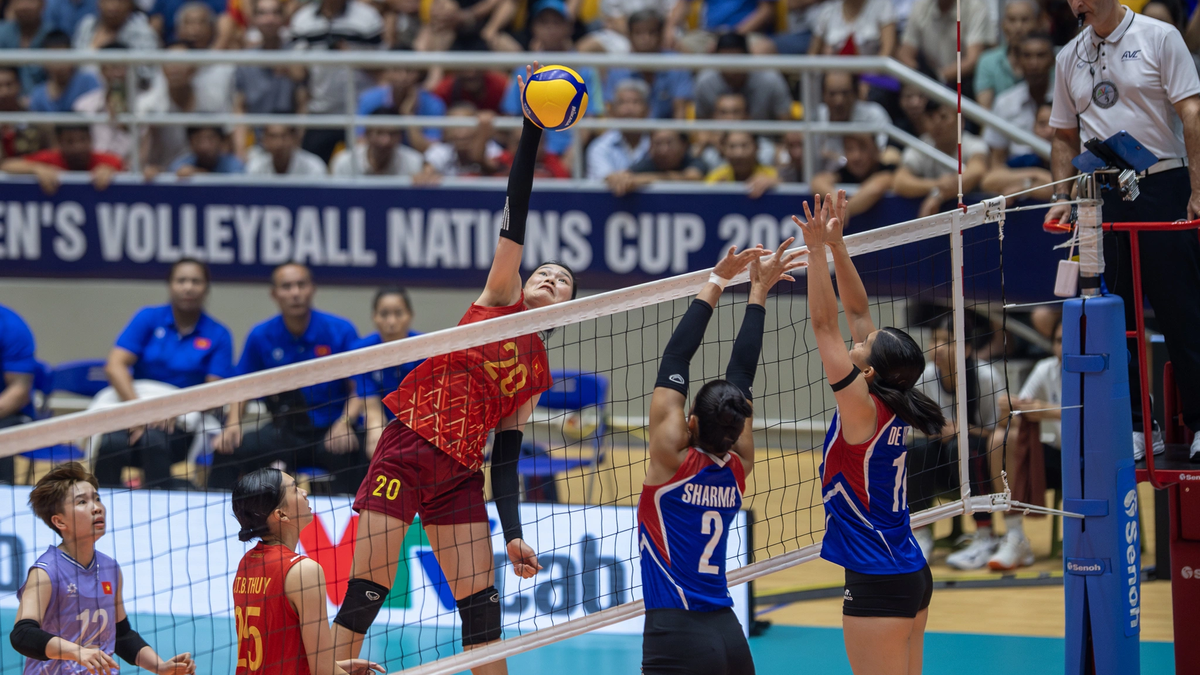
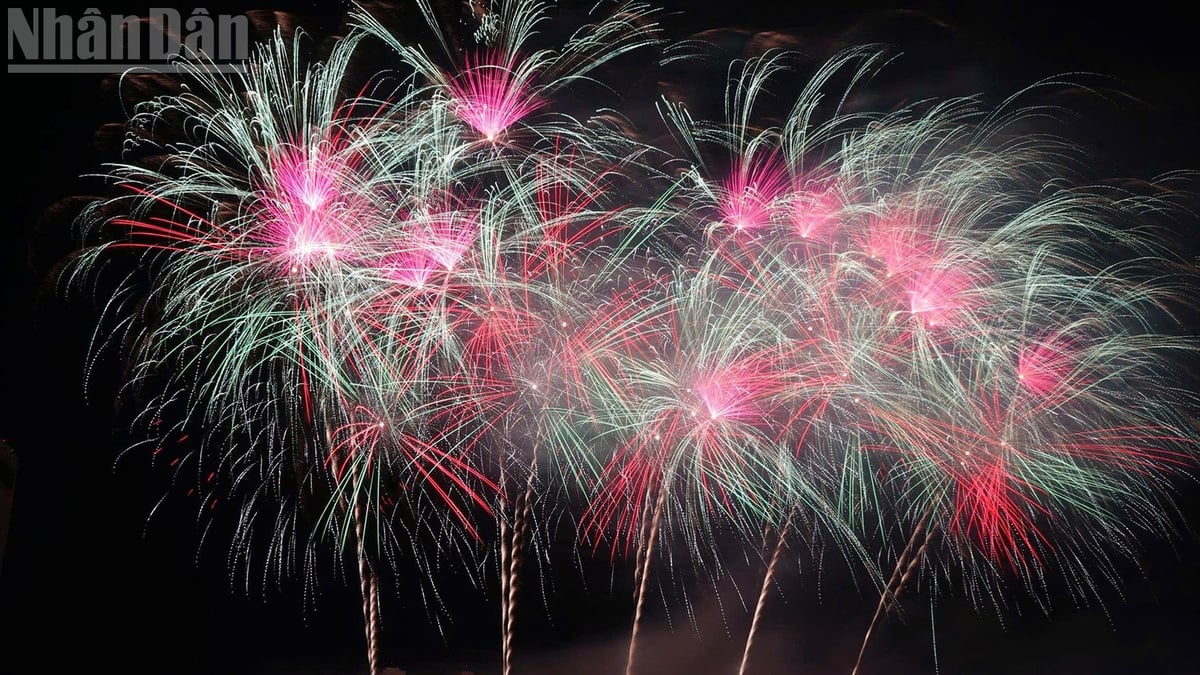
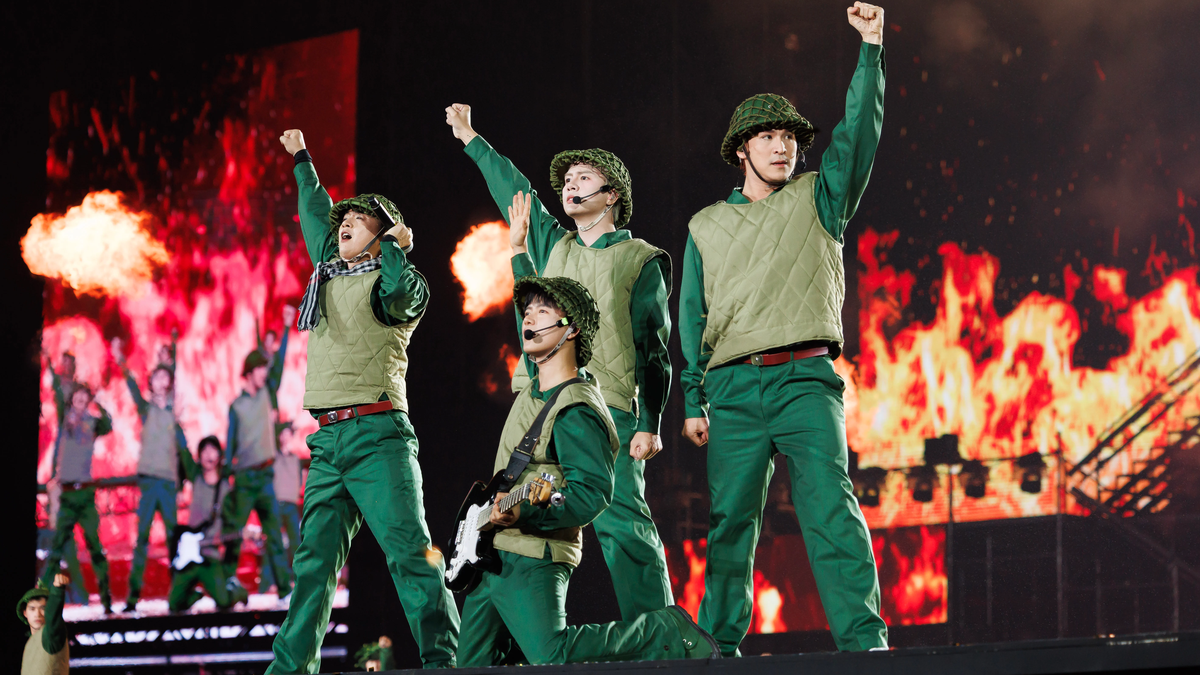
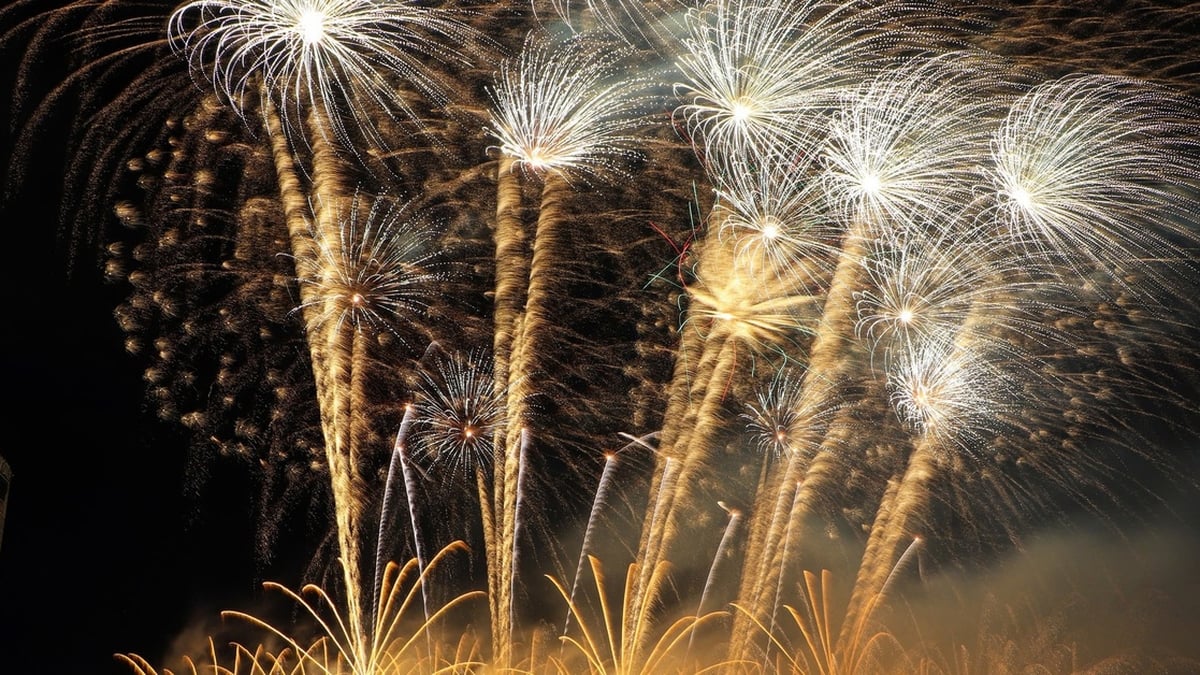

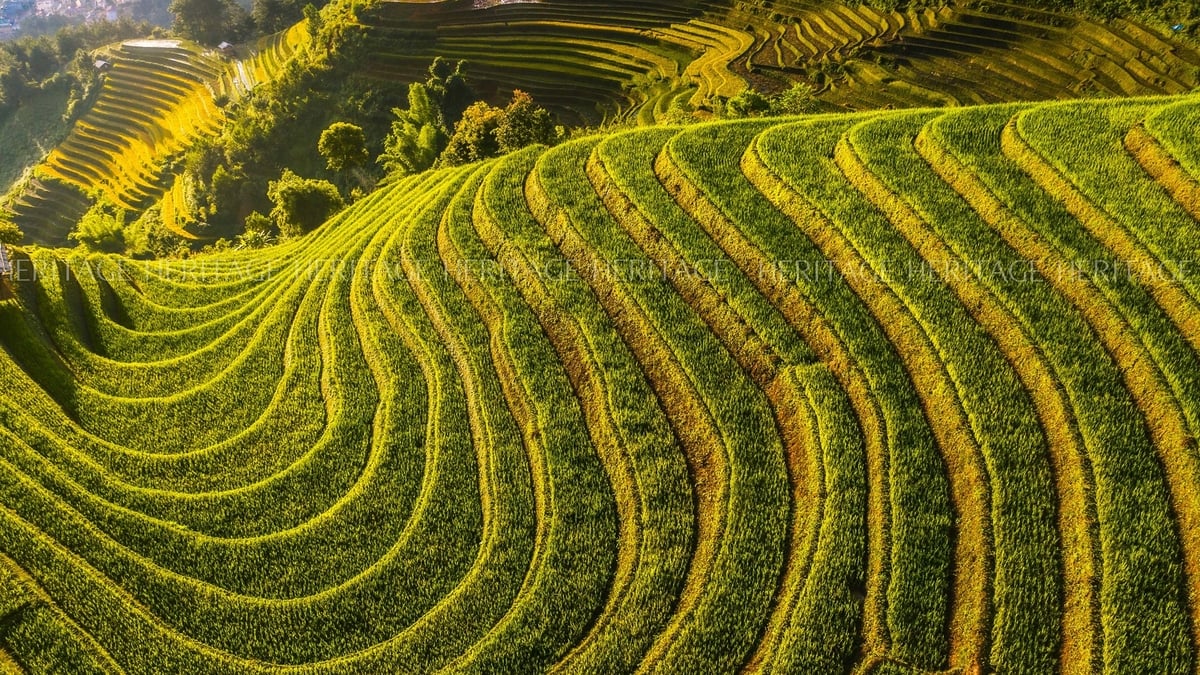


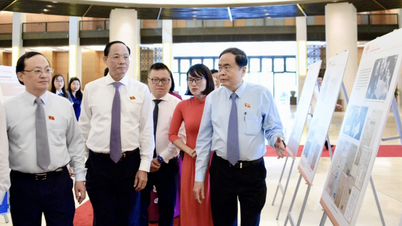





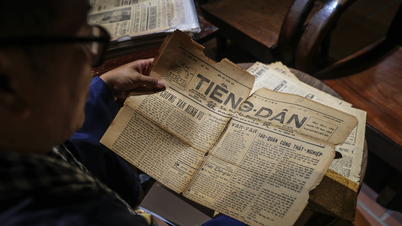




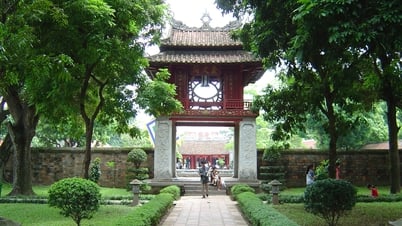

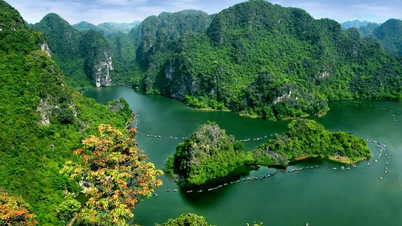

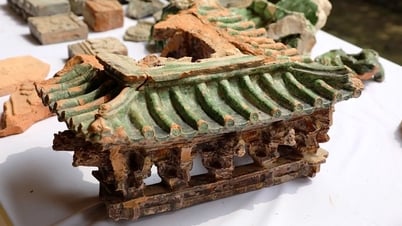

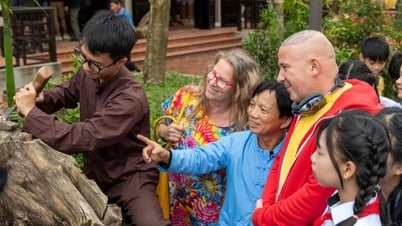









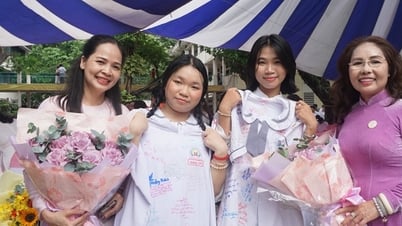





















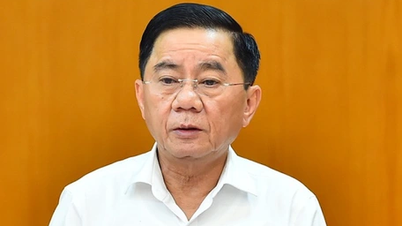

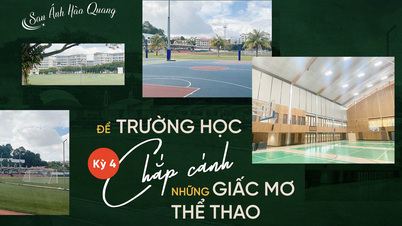


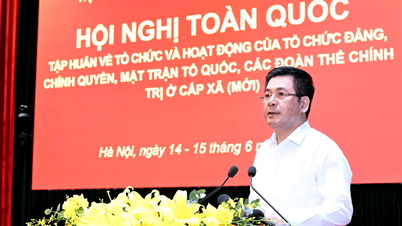






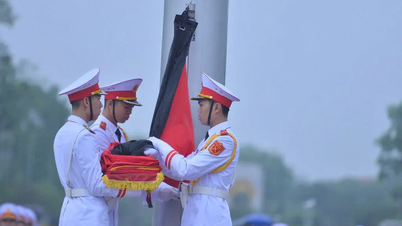

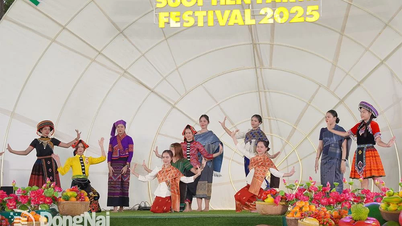

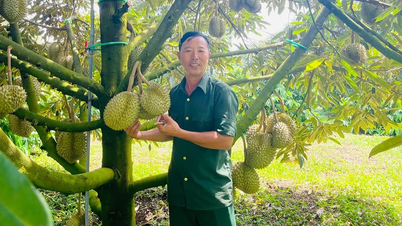

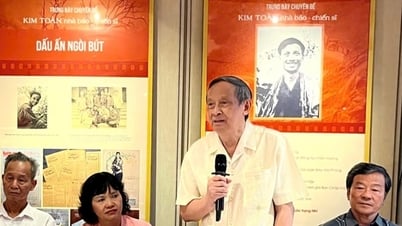

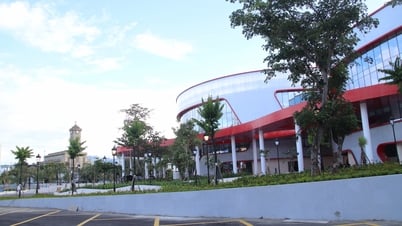












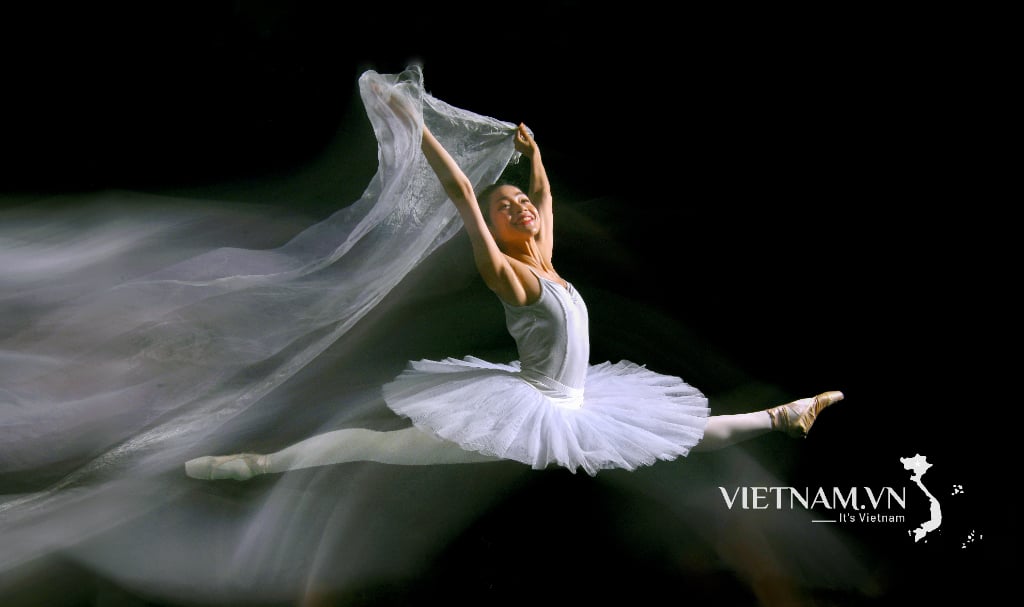


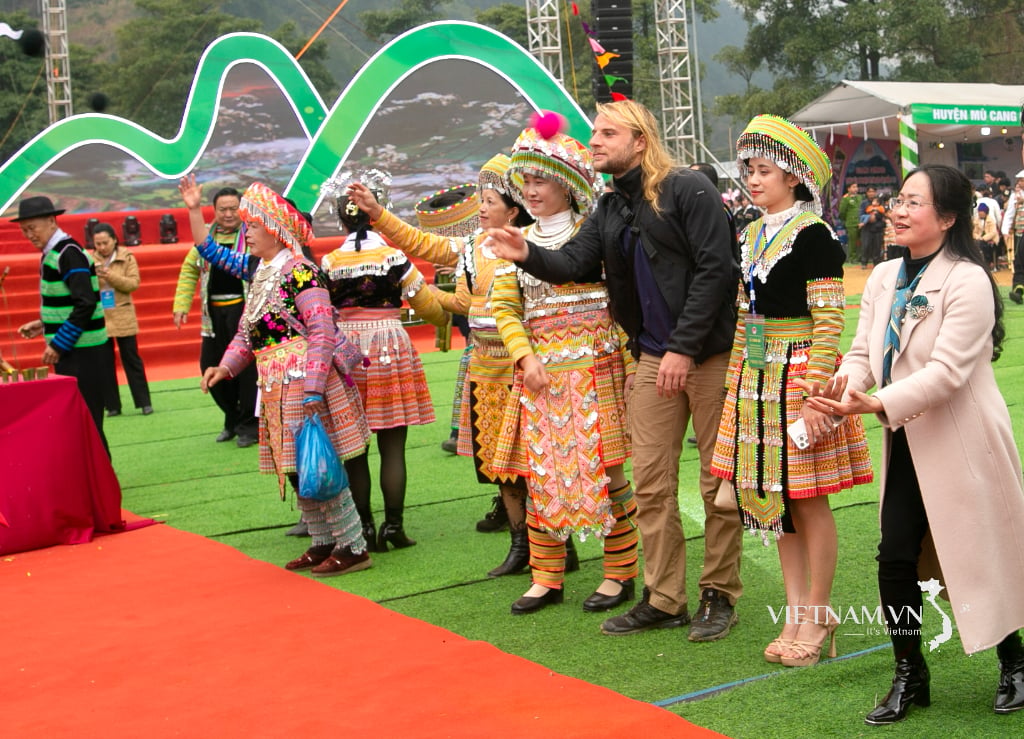
Comment (0)